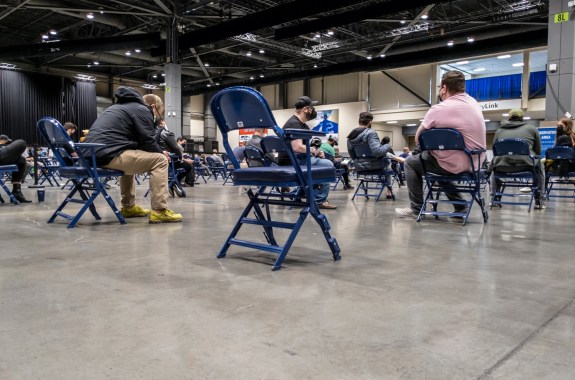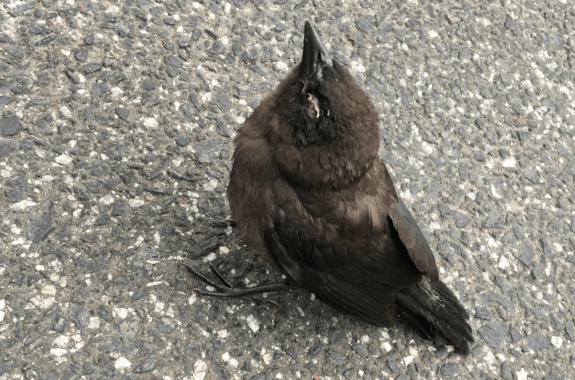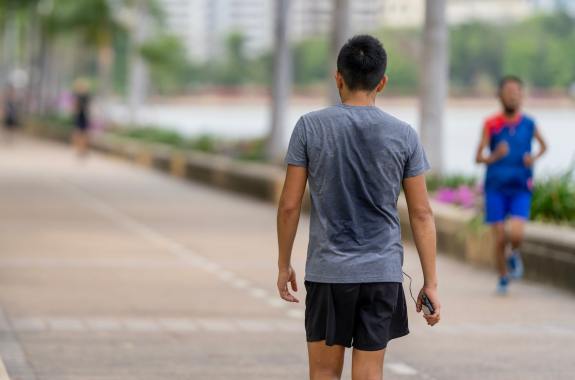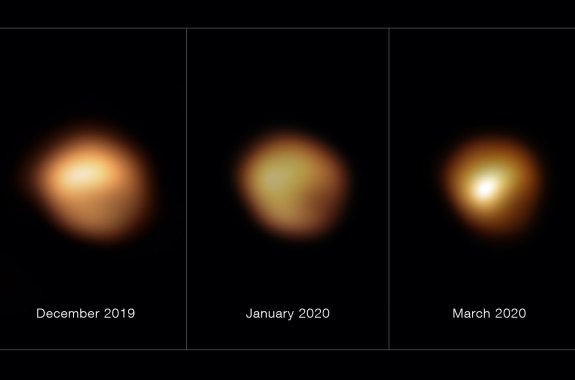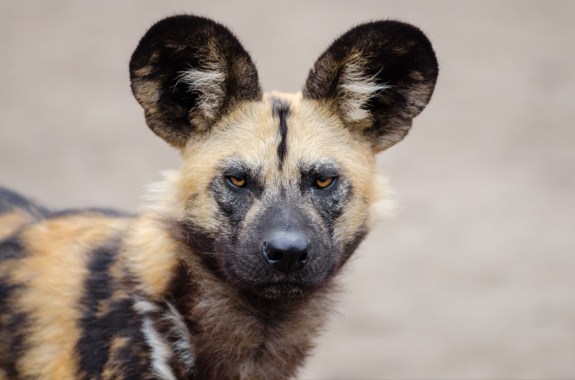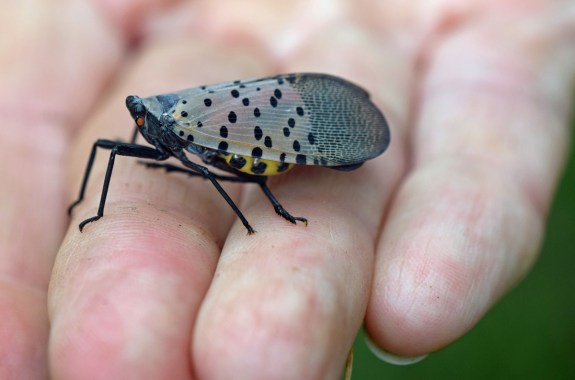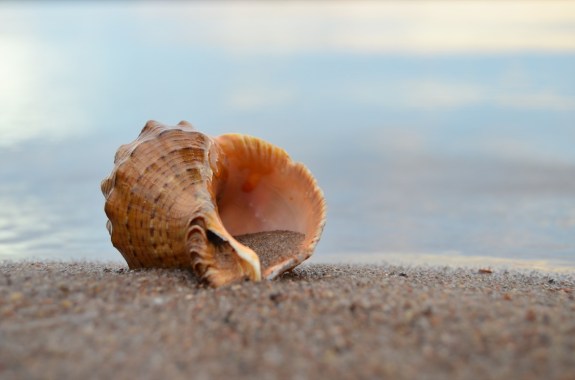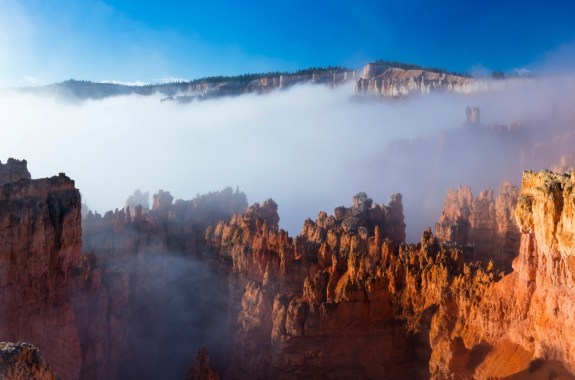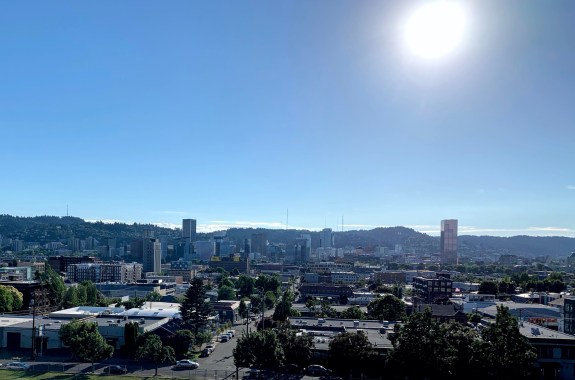Radio
Listen to Science Friday live on Fridays from 2-4 p.m. ET
November 22, 2024
On the 50th anniversary of Lucy’s discovery, paleoanthropologists reflect on what she means to science, and what she taught us about ourselves. Plus, divers have recovered seeds of a long-lost rye variety from a 146-year-old shipwreck in Lake Huron. And, just in time for Thanksgiving, a potato researcher explains potato varieties, potato nutrition, and some tubular tuber facts.
12:03
A Tale Of Two Pandemics
People getting seriously ill from COVID-19 in the U.S. are overwhelmingly from unvaccinated populations.
12:12
Songbirds Suffer Mystery Illness From The East Coast To The Midwest
Songbirds from the mid-Atlantic to Indiana are suffering from an illness that causes swollen eyes, neurological symptoms, and death.
26:07
Sweating Is Our Biological Superpower
Sweat gives us so much more than a smell, thanks to the cool chemistry of this vital bodily fluid.
8:15
Betelgeuse’s False Supernova Alarm
Supernova expert Sarafina Nance explains a new theory for why red giant star Betelgeuse abruptly went dark in 2019.
34:36
Research For New Battery Technology Is Gaining Steam
Lithium-ion batteries are expensive, overheat, and aren’t environmentally friendly to manufacture. Can new battery tech solve these problems?
12:03
Sniffing Out How To Save African Wild Dogs
Conservation biologist Gabi Fleury wants to understand the lives of endangered predators—in order to save their lives.
17:23
See A Spotted Lanternfly? Squash It!
The invasive and damaging pest has carved out a foothold on the East Coast—and experts worry it could spread.
16:51
Listening To Seashells, An Oracle Of Ocean Health
As climate change brings warming seas and acidifying waters, seashells have become a harbinger of environmental change.
45:50
Writing, Like Geology, Requires A Little Digging
The New Yorker writer explains his reporting process, and what he learned reporting his saga on North American geology.
11:45
The Alarming Impacts Of Extreme Heat
After record-breaking temperatures in the Pacific Northwest, how does human health, infrastructure, and air travel respond to extreme heat?
